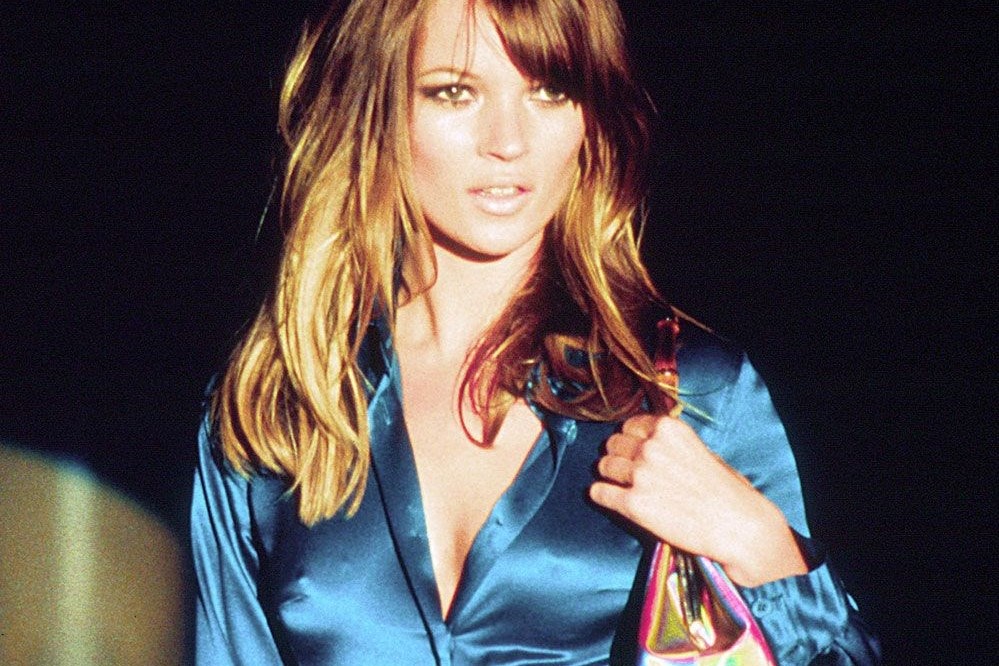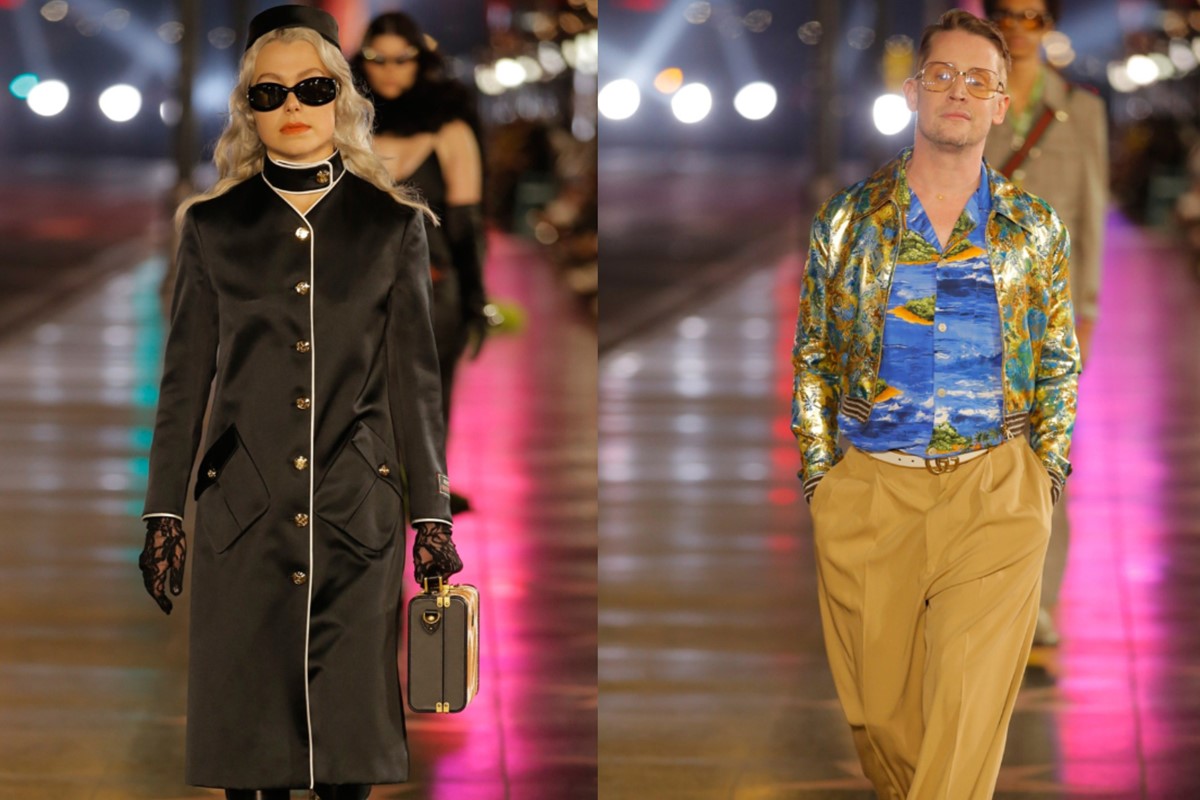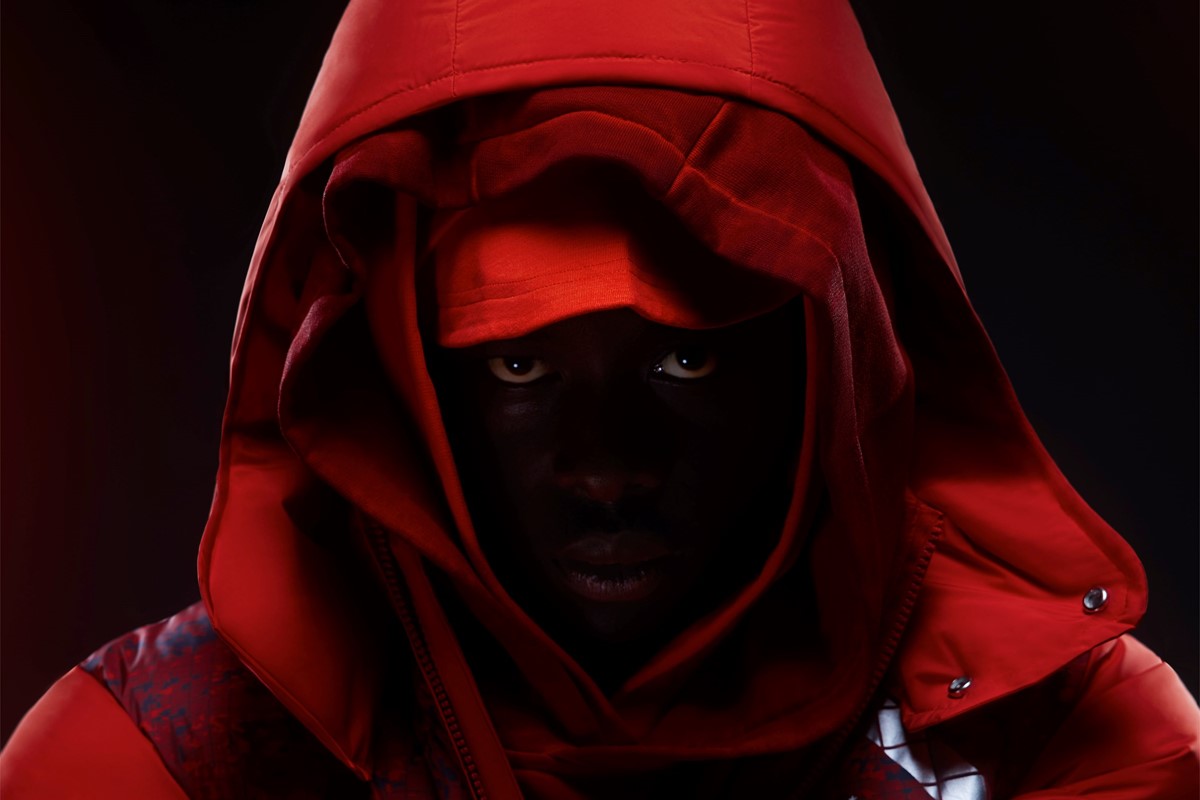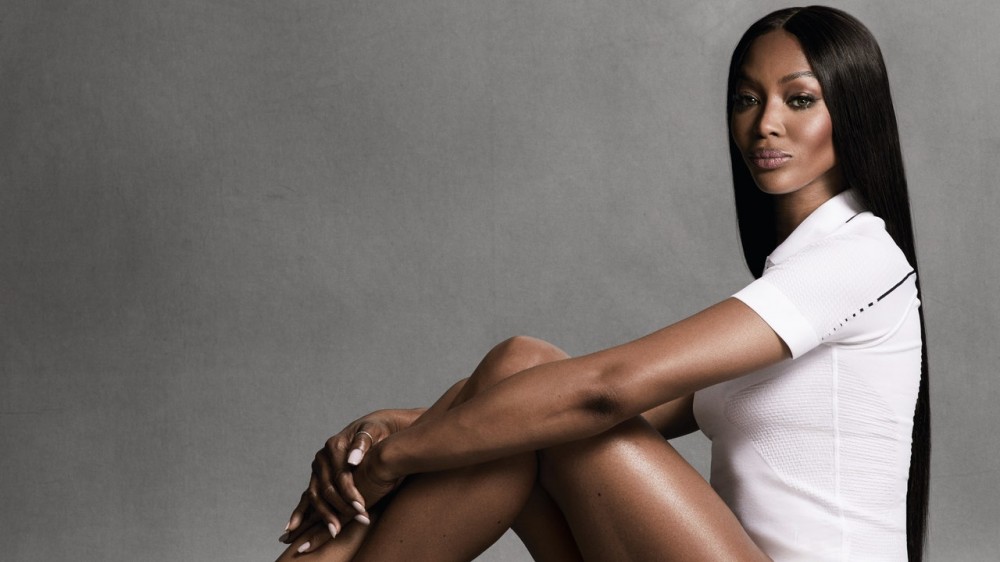
Tracing Tom Ford’s hottest Gucci moments
From branded pubes to butt-baring Gucci g-strings, the American designer proved that sex really does sell
In 1994, Tom Ford, the newly-appointed creative director of Gucci, invented sex. Technically, people had been bonking for a while before then, but it was the Texan designer who first beat the drum for greased-up, high-class, tectonic plate-shifting levels of horn. Throughout his decade-long reign at the Italian label, Ford’s collections brimmed with revealing cut-outs, navel-grazing silk shirts, and knee-skimming shoelace chokers. And occasionally, when the build-up of desire became too much to bear, models would swagger onto the runway in nothing but a g-string and a pair of chelsea boots. If sex sells, Tom Ford was its merchant-in-chief.
Prior to his tenure at Gucci, Ford had been working under Marc Jacobs at Perry Ellis. As a relatively unknown designer, not only did his appointment as creative director come as a surprise, it was met with disapproval – an American at an Italian heritage brand, whatever next? But within a year, Gucci’s profits rose by 90 per cent and the press couldn’t get enough.
Following his landmark AW95 show (full of velvet hip-huggers and open-cleavage knitwear) Ford was described as “the most directional designer in Milan” by Amy Spindler, a fashion critic at The New York Times. It was also around this time that Ford’s provocative take on fashion photography began to define the louche glamour of the 90s and produced some of the industry’s most provocative, and memorable, advertising campaigns.
Glossy, NSFW, and sweat-slicked, Ford’s iconoclastic brand of upmarket sleaze left an indelible handprint on the industry, the bruising of which continues to colour pop-culture today. If the countless moodboard Instagram accounts laden with images of Tom Ford-era Gucci weren’t enough, just last weekend, Rihanna stepped out in a pair of feathered jeans from its SS99 collection. Below, we trace some of the most iconic, and hot-blooded, moments of the designer’s Gucci years.
KATE MOSS’ SATIN SHIRT
In 1995, Kate Moss took to the Gucci runway in a teal satin shirt, which nipped and cupped the model’s frame like lingerie, left billowing at the sternum. Paired with an iridescent mini bag, a nude lip, and razor thin eyebrows, the look was peak 90s, later replicated that same year by Madonna at the MTV Music Video Awards who professed her outfit was “Gucci, Gucci, Gucci”. And while it’s not the most risqué of Tom Ford’s turns, the silk shirt soon became a brand staple, straddling the designer’s come-hither allure and cool-girl frostiness.
As part of Gucci’s AW95 show, the blouse also marked a turning point in fashion as the moment Tom Ford really came into his own. The designer’s previous (and debut) collection as creative director felt restrained by the tropes of old Gucci, in all its ladylike knits and whimsical colourways, failing to set the fashion world alight. “I had a moment where nobody was looking at anything I did,” he told The Cut in 2015. So, fearing it may be his last, the AW95 collection was a proverbial ‘fuck it’ for Tom Ford, by way of slinky two pieces, jewel-toned leather trousers, and low-slung belts. “I could have sent anything down that runway,” he said. It worked – “the next day you could not get into the showroom. It was absolute hysteria. So, no, no one gave me flak after that”.
TONI BRAXTON’S “UN-BREAK MY HEART” DRESS
As the clichéd soundtrack to break-up sobs worldwide, Toni Braxton’s 1996 ballad, “Un-break My Heart”, may not seem like a particularly note-worthy moment in fashion history. That is, until the music video’s impassioned key change finale, when Braxton takes to the stage to serenade her unrequited love (played by model Tyson Beckford) in a Tom Ford Gucci dress. The column-style, white jersey gown clings to the body’s contours while strategic cut-outs reveal gold-barred straps designed to cut across the hips like underwear. The style first appeared in Gucci’s AW96 show, which is perhaps Ford’s most celebrated collection, famously landing the designer a standing ovation. Yet it’s incarnation on Braxton is testament to the instantaneous impact that Ford’s Gucci was beginning to have on the mainstream. Just as old Gucci had previously done with Liz Taylor and Grace Kelly, Ford was tapping into the glamorous allure of the celeb, which, in the latter half of the 90s, would entangle itself deeper into the fashion world. The now-iconic dress has become a symbol of Tom Ford’s time at Gucci, with just the right levels of sophistication and smut.
THE RISE OF THE GUCCI GIRL
When Tom Ford first joined the brand, many models refused to walk its shows, unconvinced that a dated label like Gucci could align with their fashion credentials. This included supers like Linda Evangelista, Naomi Campbell, and Claudia Schiffer, who were presumably unaware of the seismic changes that Ford was provoking behind the scenes. By its third season, however, the Gucci exclusive became the hot ticket for any emerging model – see Georgina Grenville, who later secured a slew of campaigns with the brand, as the first unofficial Gucci girl. It was a level of instant stardom previously unheard of within the industry, as seasonal campaigns were usually reserved for the established supers. It meant that Ford’s incumbent era at Gucci became a platform for the likes of Amber Valletta, Shalom Harlow, Kirsty Hume, and Trish Goff, models that the designer would stay loyal to throughout his tenure.
… AND THE RISE OF GUCCI PUBES

With a little help from stylist Carine Roitfeld and photographer Mario Testino, Tom Ford’s advertising campaigns at Gucci caused more than just a stir – they were quite literally banned in some countries. Take Gucci’s SS03 campaign, for example, which featured an image of Carmen Kass leant up against a wall, exposing her pubic hair which had been shaved in the shape of the brand’s logo. Not quite a Brazilian, but perhaps a Milanese. As was the intention, it caused considerable uproar, and was deemed “extremely harmful” by media watchdogs. Gucci explained to the Guardian that the “playful” shot was meant to be “the ultimate ironic pun for a sexy brand in a logo-led age”. Even Gucci’s most demure campaigns were still risqué, with semi-naked models arranged together in a scrum of well-oiled limbs and suggestive power play.
Pre-social media, Gucci’s imagery embodied Tom Ford’s hedonistic, or subversive, approach to fashion – one which the designer describes as “sexy, sensual, fuck-me clothes”. It was an antidote to the frigid political climate which permeated Ford’s early years at Gucci, triggered by the 1987 stock market crash and the Gulf War. Any and all ostentation associated with the 80s became a source of embarrassment, a cultural shift ushering in minimalism and “cocooning”, which would see us spend increasing amounts of time at home, watching Friends and prioritising quality time with family. Fashion became muffled under the pared-back designs of Jil Sander, Calvin Klein, and early Marc Jacobs. So sex, for Tom Ford, becaming a calling card, an escape from a period of deep aesthetic hibernation and increasing puritanism.
THE MARIAH STILETTO
Mariah Carey – Honey (1997)
Gucci by Tom Ford stilettos $1,200
Gucci by Tom Ford dress $3,600 pic.twitter.com/taOJd6SYje— Coochie Seasoning?? (@bbychakra) January 8, 2020
Further hotwiring Tom Ford’s relationship between celebrity and catwalk is the Mariah stiletto. The patent, knife-like Mary Jane heels were a regular on Gucci catwalks, pedalling that same dichotomy between power and promiscuity. Mariah Carey wore the 1997 style in her music video for “Honey”, where the singer plays a secret agent on the escape, the camera kzooming into Ford’s trademark aluminium heels as they clomp across her captor’s marble floors. So impactful was the styling choice, that it allegedly inspired a later Gucci campaign image, a simple close-up of the shoe emblazoned with the brand’s logo, which could just as easily have been a still from Carey’s video. It was all part of Ford’s plan: “Gucci used to dress all the stars and celebrities, and I thought this is what today’s movie stars and celebrities should be wearing,” he said in a 2004 Vogue interview.
KIM KARDASHIAN’S G-STRING
During his Spring 1997 show, Tom Ford sent out a female model in an off-the-shoulder top and g-string combo. Then, following suit was her male counterpart, who accessorised his g-string with nothing but sunglasses and a pair of leather boots. In signature Y2K fashion, Ford legitimised the trashy, recontextualising the dregs of low-taste within a high-fashion setting. Fast forward twenty years and the Gucci g-string has become such an emblem of culture, that it now sits within the permanent collection of the Metropolitan Museum of Art and on the back of Kim Kardashian, who, in her endless hunt for the most niche of vintage grails, landed upon the iconic GG-string back in 2018. The Kardashian-approved look preceded a flurry of imitations from the likes of Alexander Wang, who reproduced Ford’s cut-out backs and peek-a-boo underwear straps at the 2019 Met Gala for Hailey Bieber and more recently, during Matthew William’s first outing as Givenchy creative director, which featured the same buttock-baring backless number on – you guessed it – Kim Kardashian.



